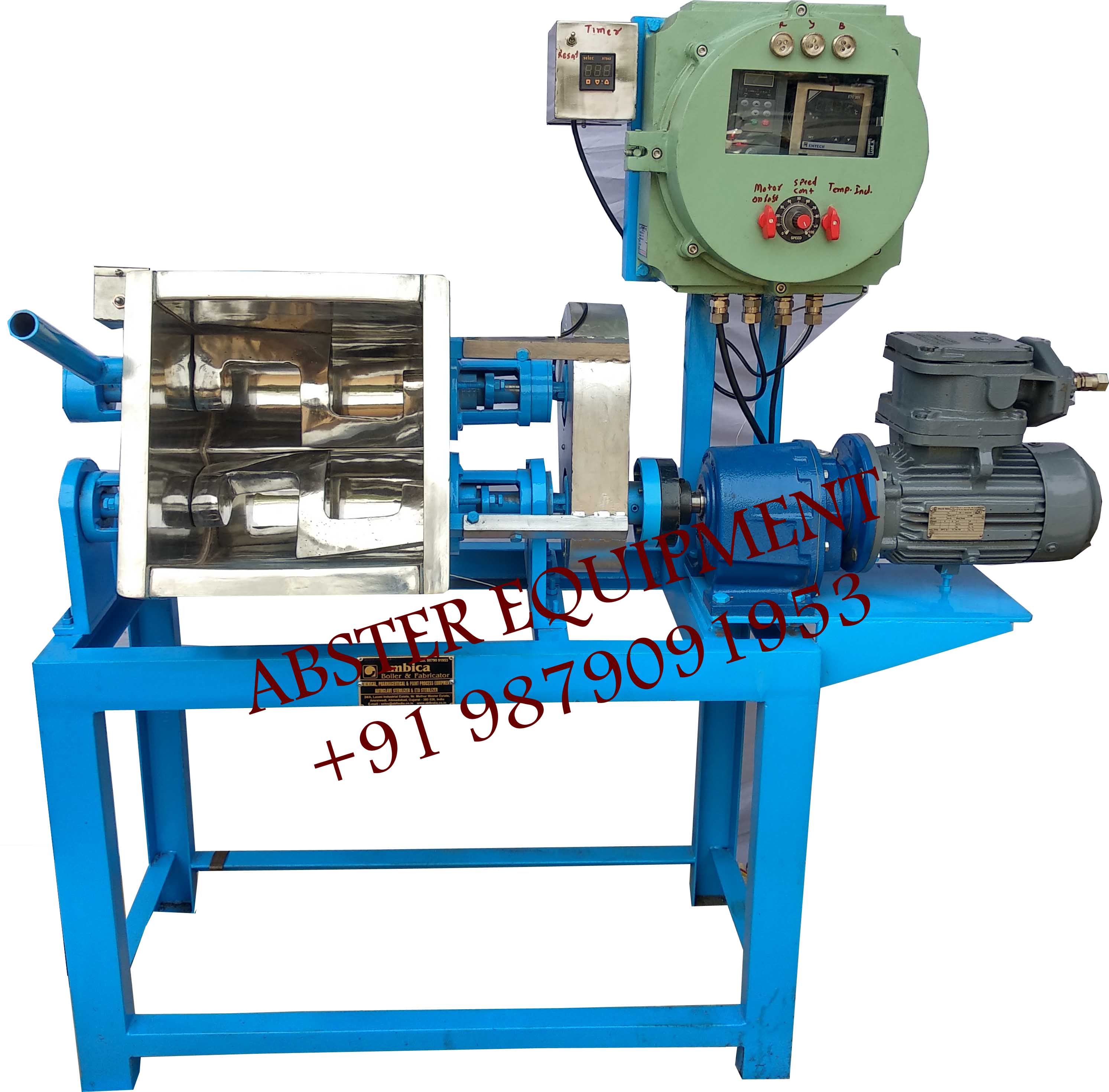Silicone Rubber Sigma Blade Mixer
Application of Sigma Blade Mixer
Silicone rubber sigma mixer machine is suitable for kinds of high viscosity of elastic-plastic material mixing, kneading, crushing, scattered, rejoin the ideal equipment of all kinds of chemical products, stir well, no dead Angle, kneading the advantages of high efficiency, is specially designed according to the characteristics of silicon rubber, mold rubber mixing form and structure, is an ideal equipment to knead to silicone rubber, plastic mold.
Silicon rubber kneading machine is an ideal equipment for mixing, kneading, crushing, dispersing and repolymerization of various chemical products. It is widely used in high viscosity sealant, silicone rubber, neutral acid glass rubber, fiber rubber and other industries.
How it works
Silicone rubber kneading machine is composed of a pair of cooperating with each other and rotating blades (usually Z or Sigma) produced strong shearing action and the dry state or rubber viscous plastic material can make rapid reaction to obtain uniform mixture stirring.
The main structure consists of the kneading part, the base part, the hydraulic system, the transmission system and the electric control system. The kneading part consists of cylinder, slurry shaft, wallboard and cylinder head. The hydraulic system is operated by a hydraulic station to control the cylinder, to complete the opening and closing large cover and the function of the stirring cylinder; The electronic control system has manual and automatic electronic control system, which is easy to operate and reliable. The transmission system consists of motor, reducer and gear, according to the matching machine. In the transmission process, the motor can be synchronized with the motor speed, and after the elastic coupling to the reducer, the output device can drive the slurry to the specified speed, which can also be adjusted by the inverter.
Technical data

Double-Arm Sigma Blade Mixers
Double-arm sigma blade mixers are extremely heavy-duty horizontal mixers that use two sigma, or “Z”-type, blades that are either tangential to one another or intermeshing, where the blades cross each other’s paths. Intermeshing designs require the blades to run at the same speeds and use gearing to ensure that the blades do not contact one another.
The tangential blade design of the double-arm sigma blade mixer allows for the blades to run at differential speeds, which can create high shear forces within the product being mixed. Versions of the tangential blade design have each blade driven by individual motor drives in order to create extremely high internal shear forces. Regardless of whether the double-arm mixer has tangential or intermeshing blades, the blades are supported on both ends, making this type of mixer better-suited for the highest viscosity products.
Discharge of finished product from the double-arm sigma blade mixer is through tilting of the mixing trough in the “tilt kneader” configuration or more typically by an extrusion screw, such as in the “kneader extruder” configuration.
At higher than 2 million centipoise, the double-arm sigma blade mixer has traditionally been the only viable design for handling the highest viscosity products, due to its strength and robust construction. However, this design has many pitfalls. Despite the efficiency of the kneader extruder in discharging high viscosity products, this design can leave a significant amount of product behind in the mixing trough and the discharge barrel, resulting in less than desirable product yields, sometimes 80% or less. The shaft entry points of the double-arm mixer are immersed in the product being mixed, leading to cleaning difficulties and cross-contamination concerns.